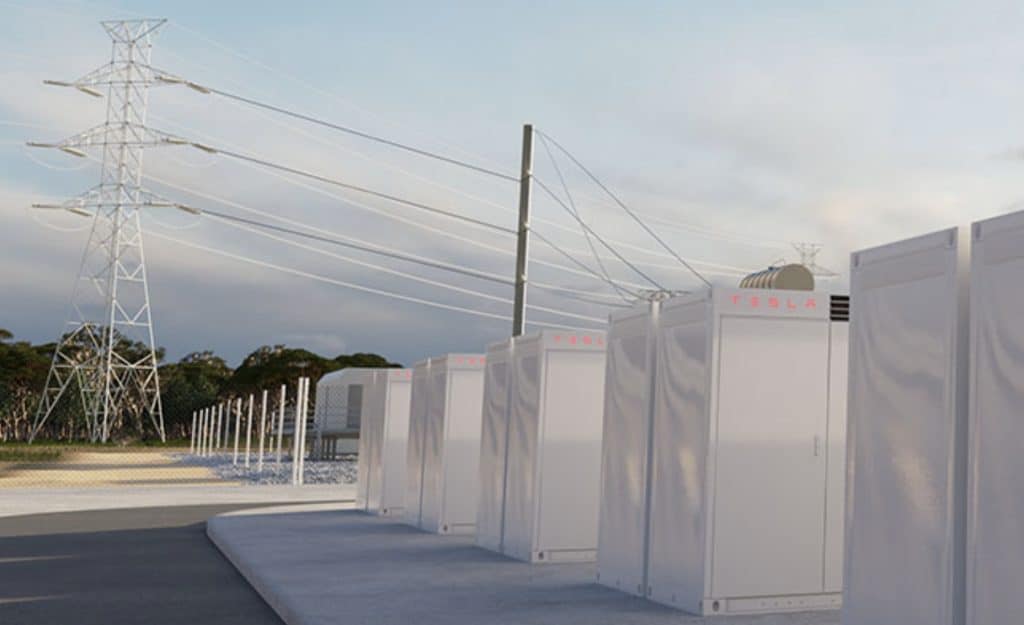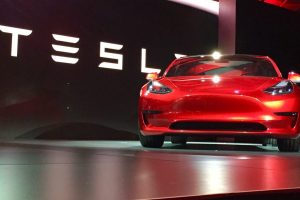Key Points
- 🚀 CS Energy’s $150 million Chinchilla battery project in Australia is supported by 80 Tesla Megapack systems with a capacity of 100MW/200MWh.
- 🏞️ The Chinchilla Battery is part of CS Energy’s Kogan Clean Energy Hub and is located near Chinchilla on the Western Downs.
- 🍉 Chinchilla is known for its Melon Festival and produces 25% of Australia’s watermelons.
- 🔌 The Chinchilla battery can discharge 100 megawatts and has a storage capacity of 200 megawatt hours using Tesla Megapacks.
- 🏡 It can power 33,000 homes for 2 hours during evening peak hours.
- ⚡ The battery is in the testing and commissioning phase, with expected operation between late 2023 and early 2024.
- 🌱 CS Energy plans to build a Kogan Renewable Hydrogen Demonstration plant alongside the Chinchilla battery.
- 💡 The project aligns with Queensland’s commitment to renewable energy and job creation in regional communities.
- 🏭 The Kogan Creek Clean Energy Hub aims to convert coal-fired power stations into Clean Energy Hubs by 2035.
- 💰 Tesla’s utility-grade energy storage systems are instrumental in achieving renewable energy goals.
CS Energy recently shared an update on its $150 million Chinchilla battery project, backed by 80 Tesla Megapack systems with a capacity of 100MW/200MWh.
The Tesla Megapack-backed Chinchilla Battery in Australia will support CS Energy’s Kogan Creek Site near Chinchilla on the Western Down. Chinchilla is best known for its biennial Melon Festival. The country town produces 25% of Australia’s watermelons, hence the Melon Festival.
The Chinchilla battery is part of CS Energy’s Kogan Clean Energy Hub.
“The Kogan Creek Clean Energy Hub helps deliver on the commitment contained in of the Queensland Energy and Jobs Plan,” noted Treasurer and Minister of Investment Cameron Dick.
“We’re able to deliver storage like this that helps firm renewable generation because of Queensland’s publicly owned power companies. Across Queensland, renewable energy projects like this are supporting more skilled jobs in regional communities,” he said.
As mentioned previously, the Chinchilla battery can discharge 100 megawatts and has a storage capacity of 200 megawatt hours, thanks to the Tesla Megapack. The entire battery relies on 80 Tesla Megapacks, delivered ready to install with integrated battery modules, inverters, and thermal systems. The battery project has a small footprint (100m x 150m). The Chinchilla battery will be connected to the grid through Powerlink’s 275 kV Western Downs substation.
With Tesla’s utility-grade energy storage systems, the Chinchilla battery can power 33,000 homes in the area during the evening peak hours for 2 hours. As of this writing, the Chinchilla Battery is in the testing and commissioning phase. CS Energy predicts it will be operational between late 2023 and early 2024. The company also plans to build a Kogan Renewable Hydrogen Demonstration plant, complimenting the Chinchilla battery.
“Because Queenslanders have kept their energy assets in public hands, the Palaszczuk Government is able to set out a pathway to progressively convert all publicly owned coal-fired power stations into Clean Energy Hubs by 2035.
“The Kogan Creek Clean Energy Hub is the most advanced in the state, with construction to begin soon on its second project – the Kogan Renewable Hydrogen Demonstration Plant,” noted Minister of Energy, Renewable and Hydrogen Mick de Brenni.






